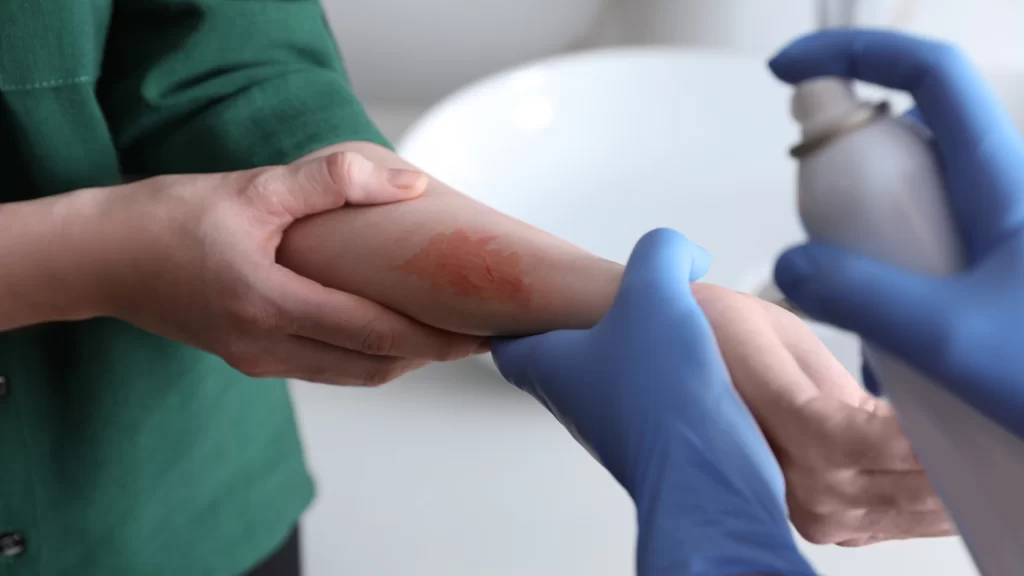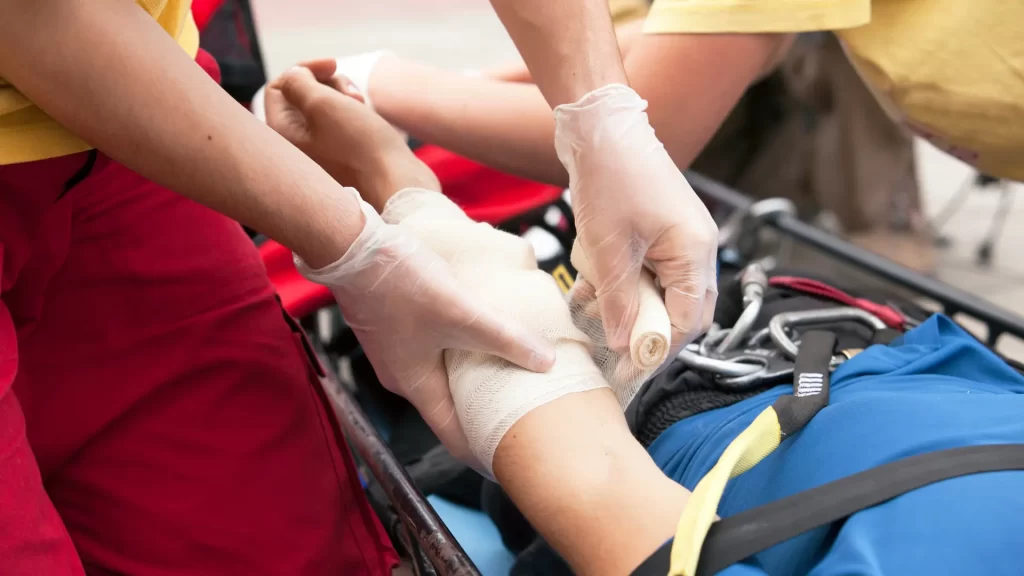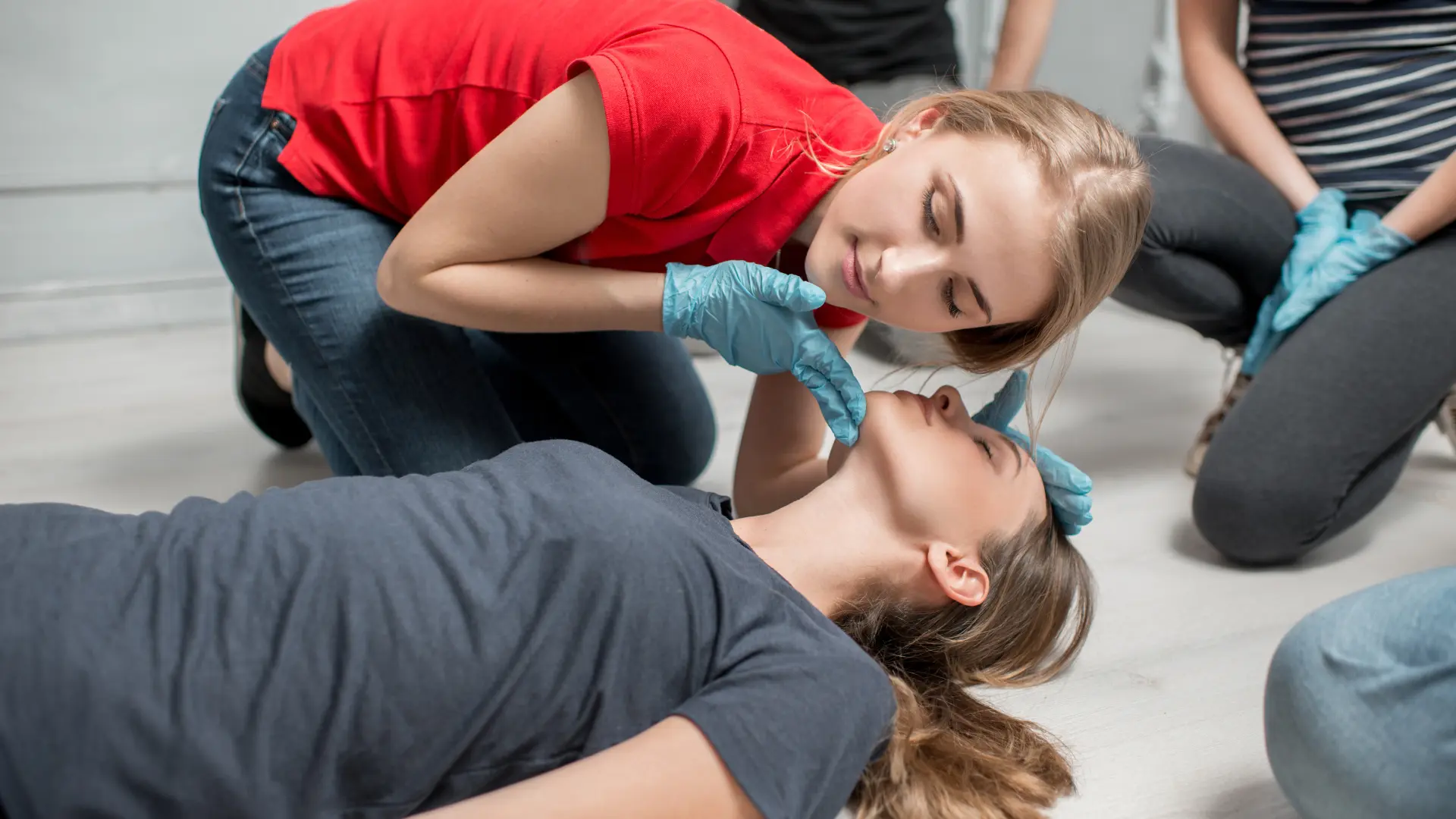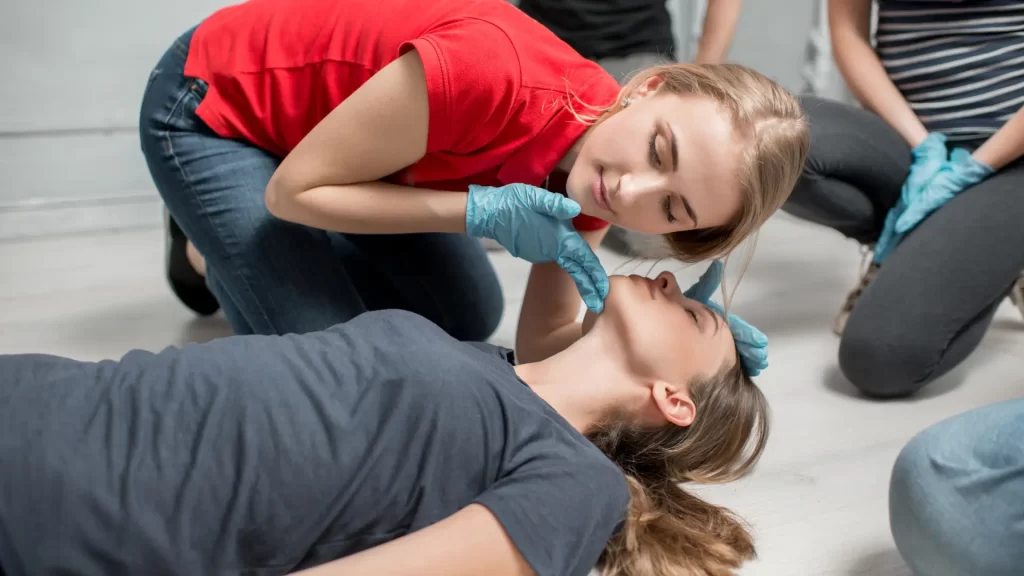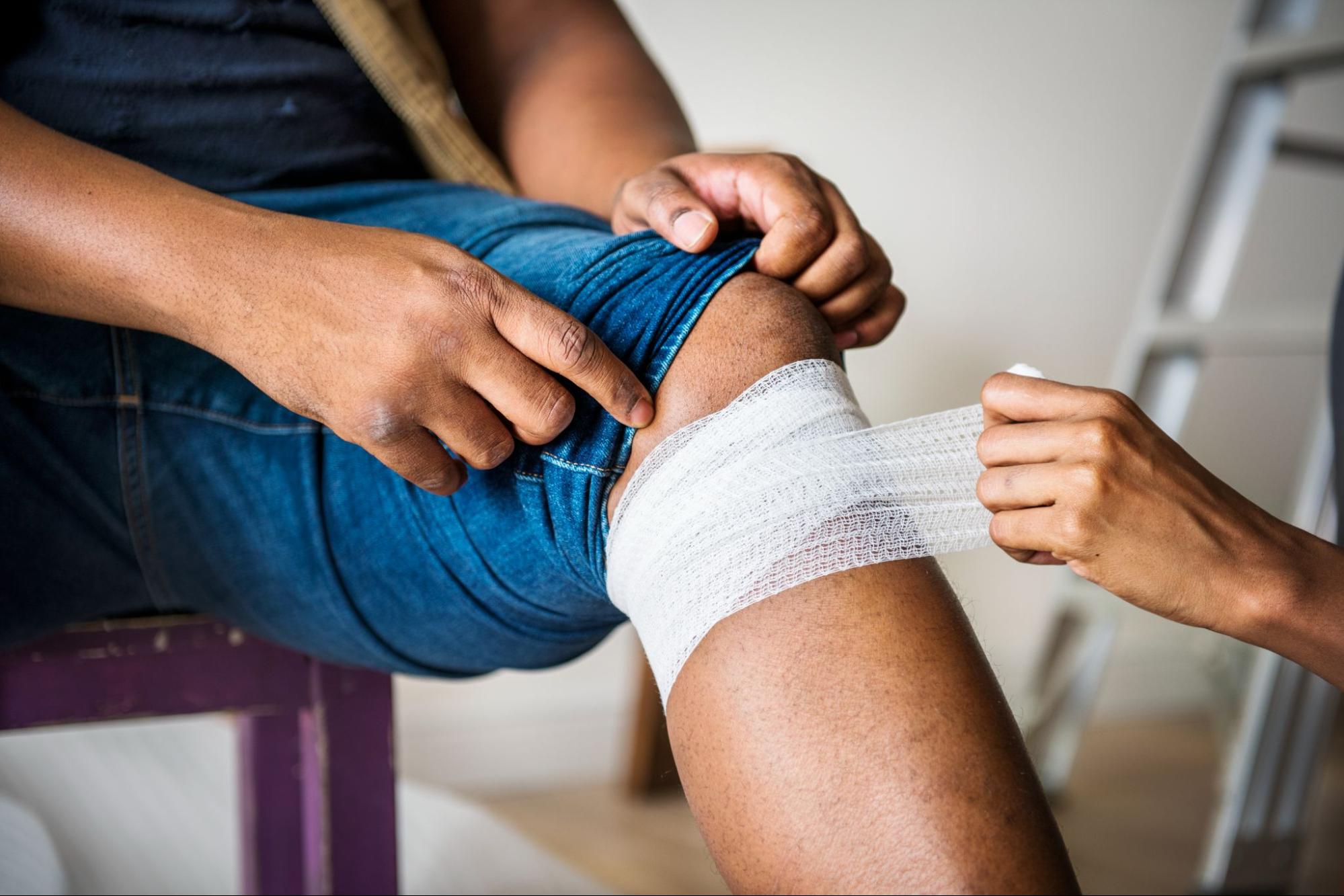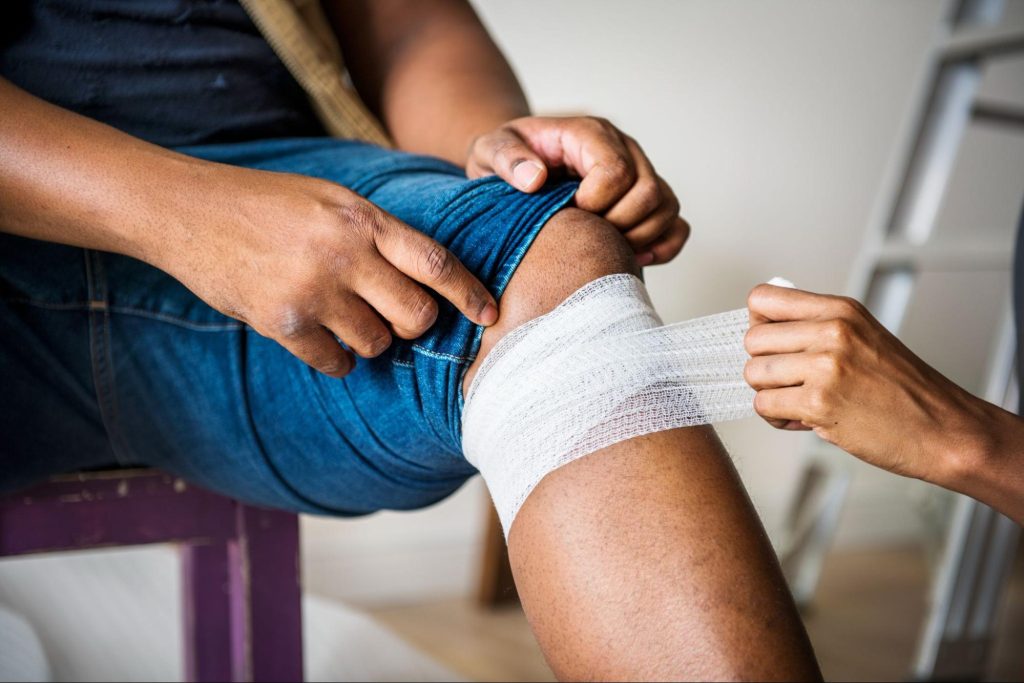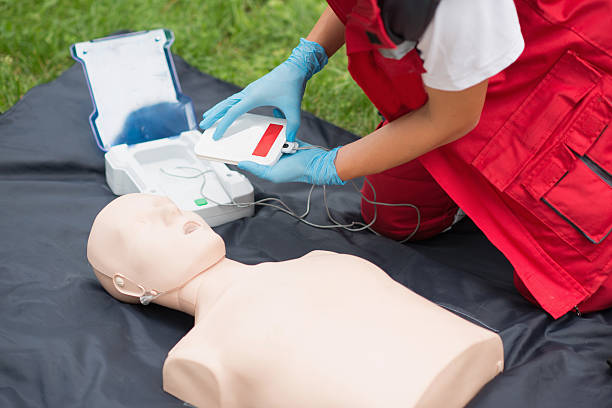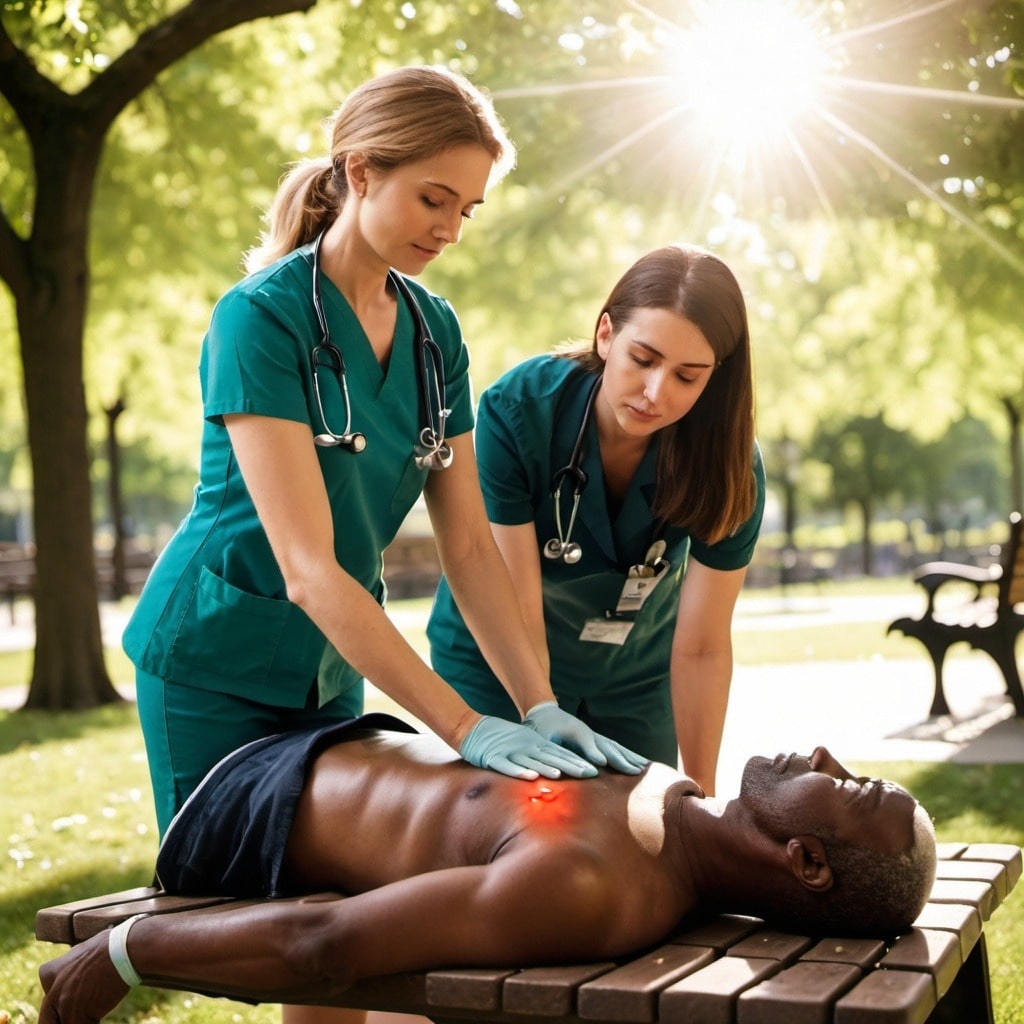First Aid and BLS Training Guide : Stay Safe on Virginia Beach Trails
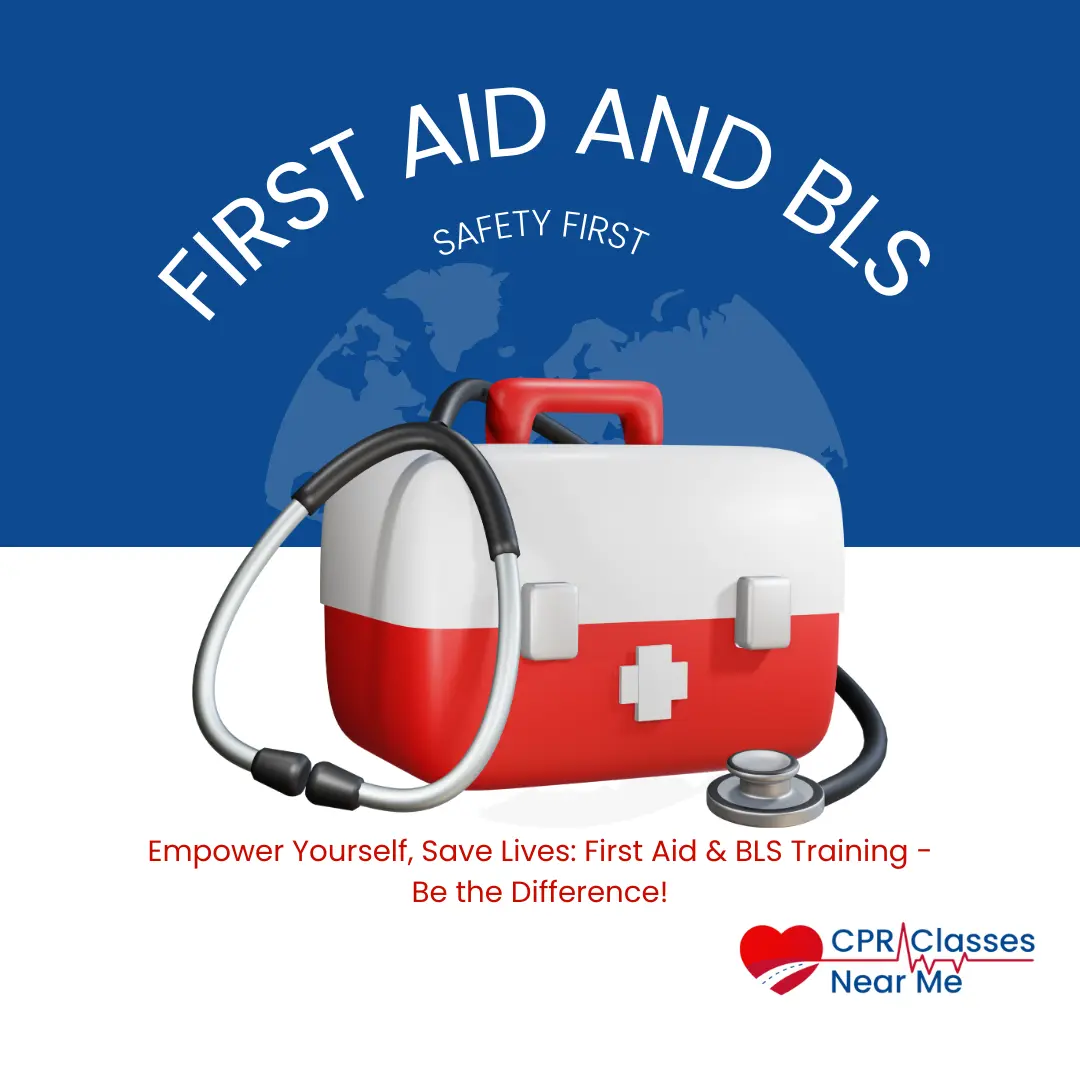
First Aid and BLS Training Guide: Stay Safe on Virginia Beach Trails
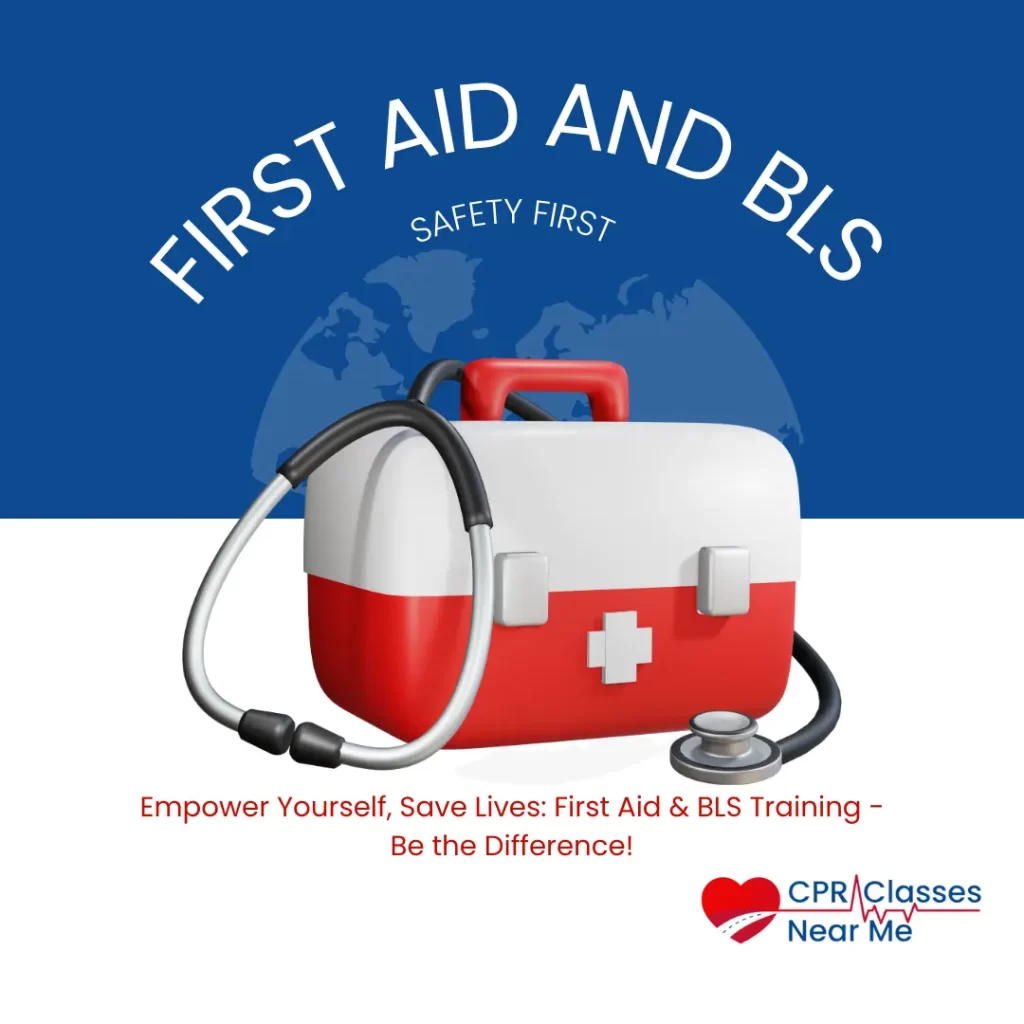
Welcome to Virginia Beach, where outdoor enthusiasts gather to enjoy nature’s wonders and understanding basic first aid and BLS (Basic Life Support) skills is essential for safe adventures. Here, whether you’re a seasoned hiker or just starting out, the trails offer endless opportunities for adventure. But remember, emergencies can happen out of the blue, even in such a beautiful place. That’s why it’s super important for hikers here to learn basic first aid and BLS (Basic Life Support) skills. In this guide, we’ll talk about why it’s so crucial to be ready for emergencies while hiking in Virginia Beach.
Why First Aid and BLS Training Matters
Understanding the significance of first aid and BLS (Basic Life Support) training is paramount, especially when going into outdoor activities like hiking. While hiking offers a remarkable chance to immerse oneself in nature’s beauty and recharge the soul, it also carries natural risks. From minor accidents like cuts and sprains to potentially life-threatening emergencies such as cardiac arrest or heatstroke, the wilderness presents a variety of challenges. However, being equipped with the right skills can serve as a lifeline in these critical moments.
First aid and BLS training arm individuals with the knowledge and confidence necessary to respond fast and effectively in the face of difficulty. By acquiring these essential skills, hikers not only safeguard their own well-being but also become capable of providing assistance to fellow adventurers in need. Therefore, whether you’re go on board on a stroll through wooded trails or tackling more challenging terrains, prioritizing first aid and BLS training ensures a safer and more rewarding outdoor experience for all involved.
Understanding First Aid and BLS
Before you lace up your hiking boots and hit the trails, take the time to familiarize yourself with basic first aid and BLS procedures. First aid encompasses a range of simple yet essential techniques, including wound care, splinting, and managing medical emergencies. BLS goes a step further, teaching you life-saving interventions such as CPR (Cardiopulmonary Resuscitation) and how to use an AED (Automated External Defibrillator) to restore normal heart rhythm in cases of cardiac arrest. These skills are not only valuable; they’re empowering, enabling you to take significant action when every second counts.
First Aid and BLS Preparedness on Virginia Beach Trails
As you set out on your hiking escapades in Virginia Beach, ensuring safety should be your foremost concern. It’s essential to prepare yourself effectively for any potential emergencies that may arise on the trails. One way to do this is by packing a complete first aid kit filled with essential supplies such as bandages, antiseptic wipes, and pain relievers. These items can prove invaluable in treating minor injuries and providing temporary relief until further help arrives.
Moreover, it’s vital to familiarize yourself with the locations of nearby AEDs (Automated External Defibrillators) and emergency services. Knowing where these life-saving resources are located can make all the difference in critical situations, such as cardiac emergencies. Additionally, informing someone of your hiking plans before venturing out ensures that there’s someone aware of your whereabouts and can provide assistance if needed.
Furthermore, consider taking a reputable first aid and BLS training course with us may enhance your preparedness and response capabilities on the trails. Our courses provide valuable instruction on how to administer CPR, use an AED, and handle various medical emergencies effectively. By investing in your safety through proper training, you not only protect yourself but also contribute to a culture of collective well-being among outdoor enthusiasts. Together, we can ensure that everyone enjoys their outdoor adventures safely and responsibly.
Safety Tips for Hiking in Virginia Beach
When it comes to hiking in Virginia Beach, safety should always be your top priority. Here are some essential tips to ensure a secure and enjoyable outdoor adventure:
- Buddy System: Whenever possible, hike with a companion or in a group. Not only does this enhance safety by providing support and assistance in case of emergencies, but it also adds to the enjoyment of the experience through shared memories and camaraderie.
- Hydration and Nutrition: Stay hydrated by drinking plenty of water before, during, and after your hike, especially in Virginia Beach’s warm climate. Pack nutritious snacks to fuel your adventure and replenish lost energy along the way.
- Appropriate Attire: Dress appropriately for the weather and terrain conditions. Wear lightweight, breathable clothing in layers to regulate body temperature sturdy footwear with good traction to prevent slips and falls on the trails.
- Trail Awareness: Be mindful of trail conditions, potential hazards, and any encounters with wildlife. Stay on designated paths and respect trail closures to minimize the risk of accidents or getting lost. Keep an eye out for signs indicating steep terrain, loose rocks, or other obstacles.
- Emergency Preparedness: Carry essential navigation tools such as a map, compass, or GPS device to navigate unfamiliar trails with confidence. Familiarize yourself with basic navigation techniques and know how to signal for help if needed, such as using a whistle or flashlight in emergencies. Additionally, ensure that someone knows your hiking plans and expected return time.
By following these safety tips and being prepared for any unexpected circumstances, you can enjoy your hiking experience in Virginia Beach to the fullest while minimizing risks and ensuring a safe return home.
Conclusion
As you prepare to go on your next hiking adventure in Virginia Beach, remember that safety is top priority. By investing in first aid and BLS training, you’re not only equipping yourself with life-saving skills but also nurturing a culture of preparedness and responsibility within the hiking community. Our courses offer simple and practical instruction to allow you to respond effectively in emergencies and ensure the safety of yourself and others on the trails. So lace up your boots, embrace the beauty of Virginia Beach’s trails, and hike with confidence, knowing that you’re well-prepared for whatever the great outdoors may bring.
This complete guide offers valuable insights and practical tips for hikers in Virginia Beach, emphasizing the importance of first aid and BLS training for trail safety and preparedness.





